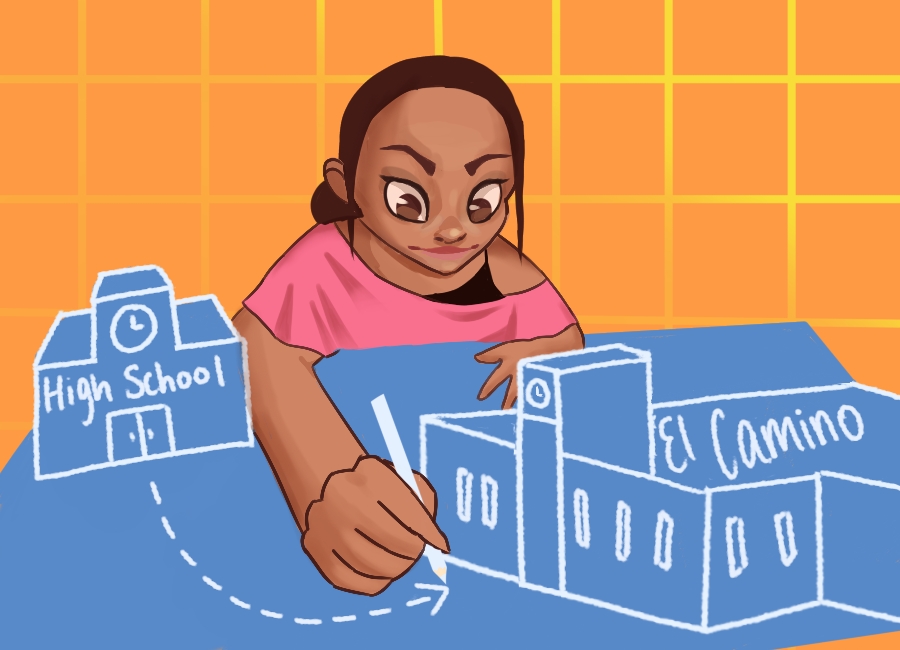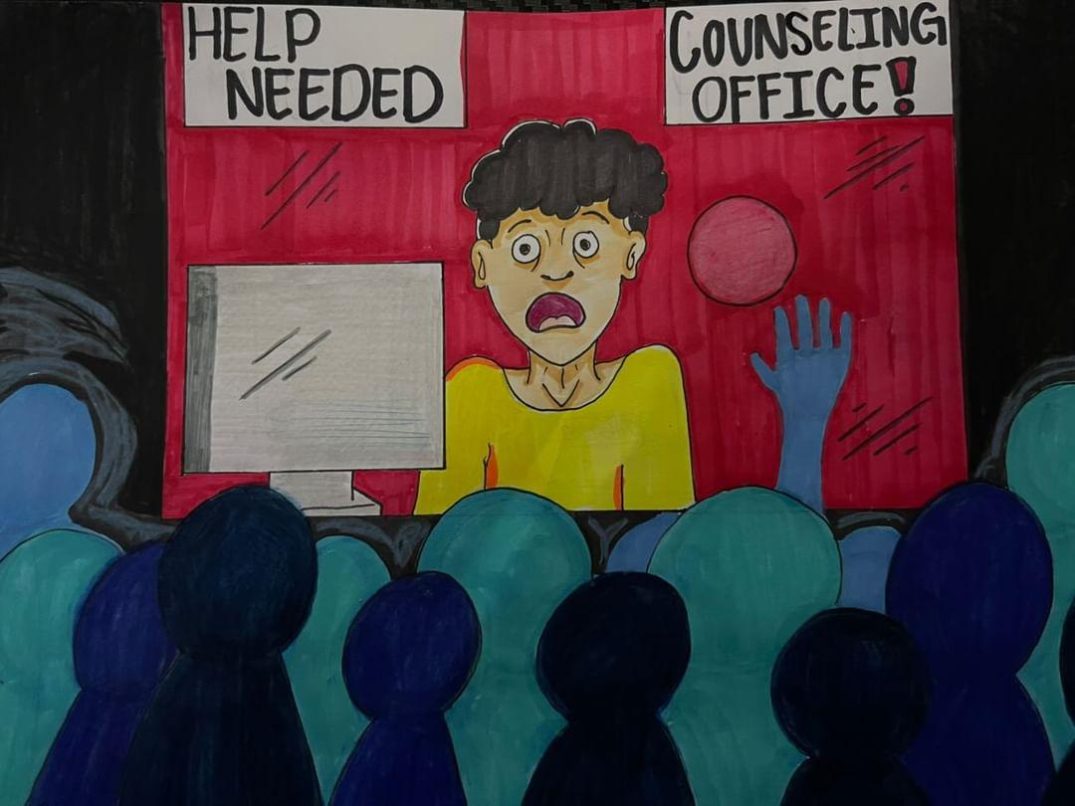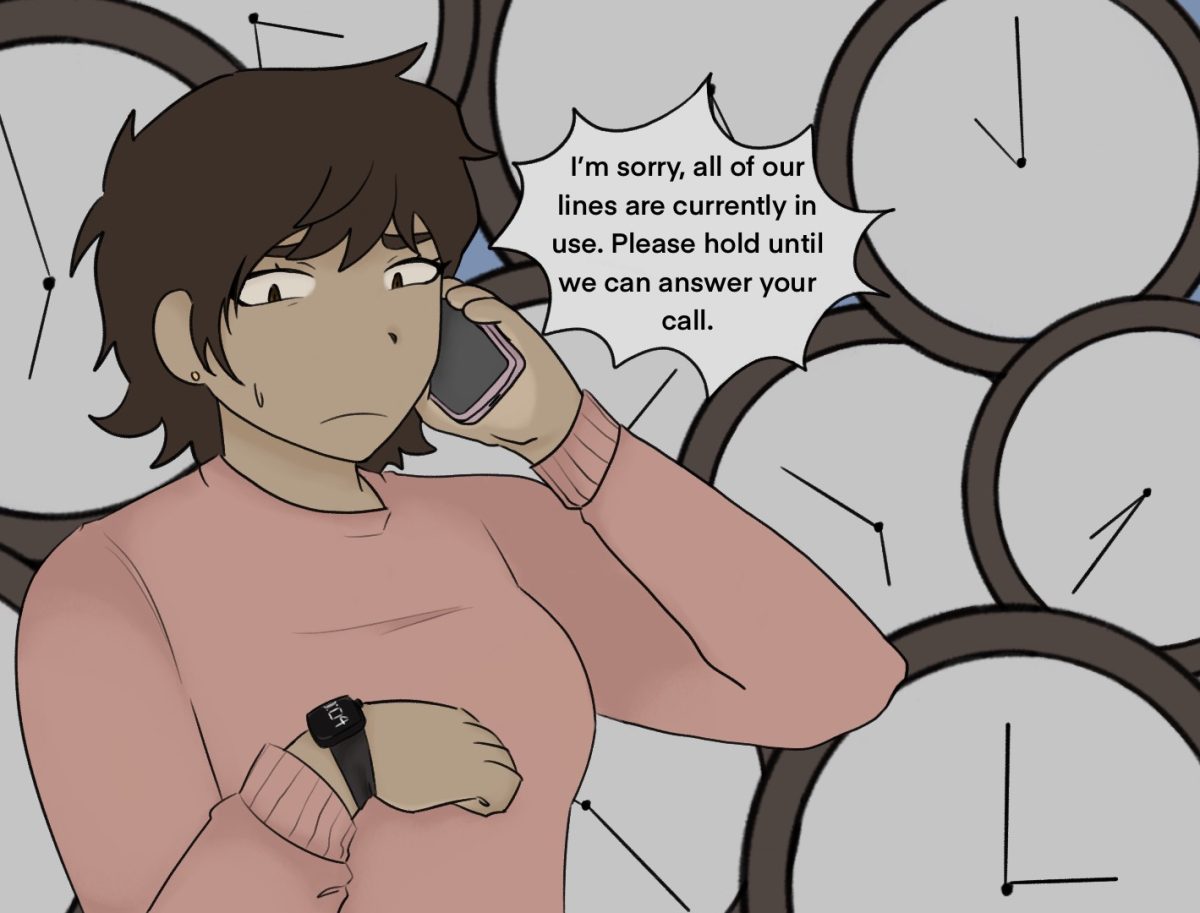Late for class and tired, a hungry student runs over to the Pepsi machines in front of the photography lab in hopes of getting some sugar into his bloodstream to try and make up for skipping breakfast and lunch. However, a soda does not begin to make up for even a single missed meal, and the soda is four months beyond its expiration date.
On a college campus, students have a very slim chance of getting a healthy bite to eat, especially in a hurry, since the convenience stores stock mostly sugar or grease-rich foods, like candy and chips, and the delis have mostly heavily fried items on the menu that are not good for anyone’s health.
Things should not be like this at such a populous college, where there are now two virtually empty buildings that at one point housed the campus cafeteria.
The original cafeteria, which we better know as the student activities center, and the more recent cafeteria site, above the bookstore, are both virtually empty buildings.
The first site would be a perfect space, in the middle of campus, for at least a small food service facility where students and faculty could get better meals than the simple “campus fresh” half-sandwiches or chickens strips and fries.
Converting even a small percentage of the Student Activities Center back into a working cafeteria would provide a convenient place to eat on campus and would not require an immense amount of construction, since the front part of the building, towards Redondo Beach Boulevard, is already built with a good layout for a small cafeteria.
If keeping a lounge-type area open to students is necessary, there is plenty of space above the bookstore to set up a comfortable study and hangout area; converting the current cafeteria space in this way has already been spoken about before, but it is a good idea and bears repeating.
Perhaps even a fruit stand placed in a convenient location, like on the Physical Education Patio or near the Science Building, would be successful in providing students with a nutrition-conscious snacking choice, while also serving areas of the campus that do not have immediate food service outlets.
As it is now, many students have classes close to the restaurants across the street and would rather eat off campus than walk a distance for crummy food or risk getting spoiled food from the vending machines that do not always work. Vending machines could be improved upon by the addition of healthier snack foods; Items like raw almonds and dried apricots, and the stamped expiration dates ought to be better observed.
Just a few changes made to the potential our campus already has could help everyone with healthier foods and improved eating options.






